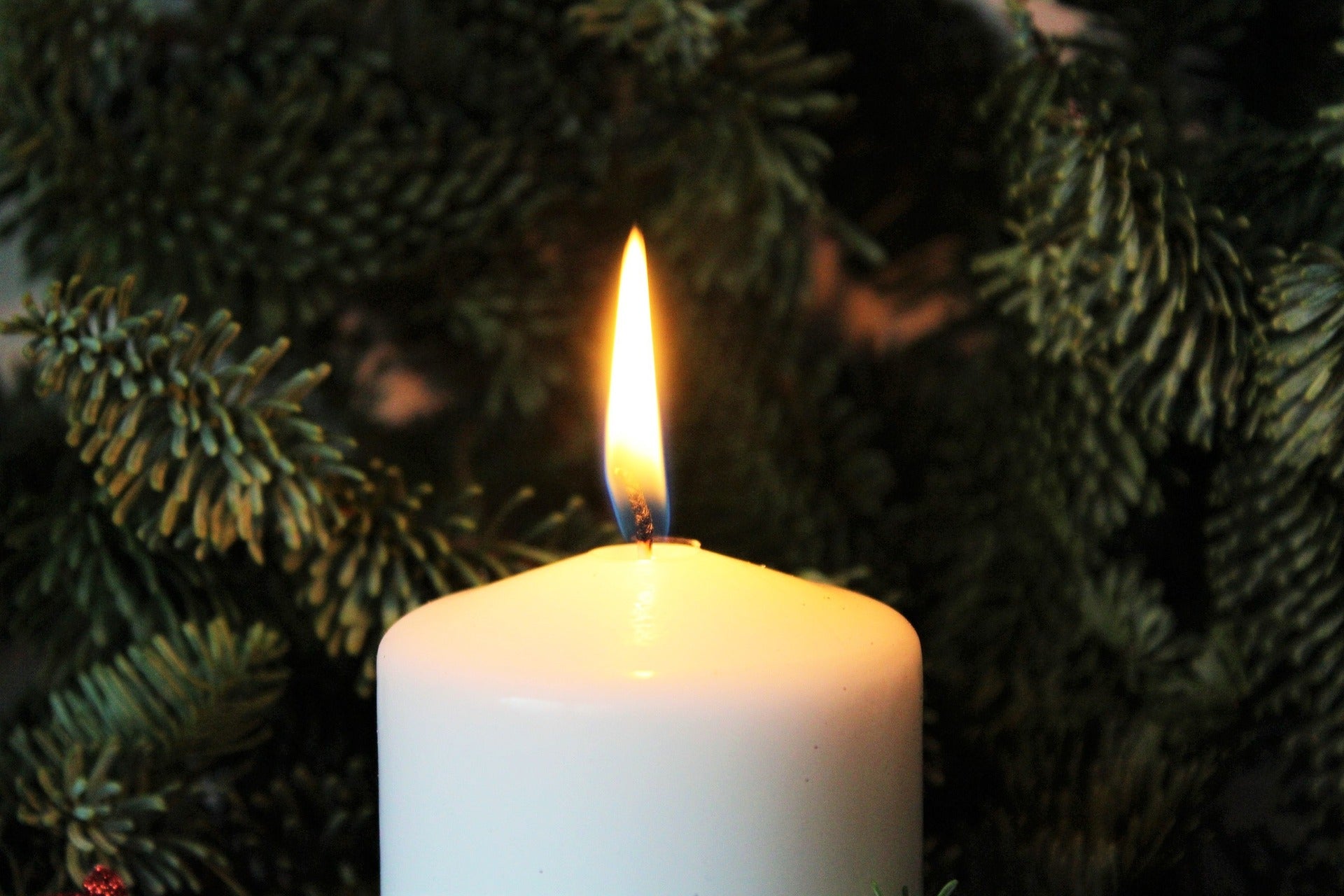The candle is as good as it's wick! A candle's performance can be improved by choosing the proper wick as the wick can influence the burn time, scent throw and the development of soot.
The primary purpose of a wick is to deliver liquefied wax, to the flame propelling it to burn. Different size wicks allows for different amounts of wax to be drawn into the flame. Choosing the correct wick is critical to making a candle that burns evenly. The type of wax used in a candle, as well as the candle’s size, shape, color and fragrance materials all impact wick choice.
Getting into a bit of candle science, all wicks are made of some fiber which are then twisted, braided or knitted. The property of capillary action then helps these fibers transport wax to the flame when lit. When a candle is lit, the heat of the flame melts the top layer of wax to form a melt pool. The molten wax is then drawn to the flame by the upward capillary pull of the wick. Once the wax reaches the wick a chemical reaction occurs between the vaporized hydrocarbons and the oxygen in the air.
Commonly 4 types of wicks are used:
Flat Wicks.
Mostly used in taper and pillar candles, these are the most popular kind of wicks. These flat plaited or knitted made from fiber and can be consistent in their burning and are characterized by a curl in the flame for a self-trimming effect. They are the most commonly used wicks, and are often found in taper and pillar candles.
Square Wicks.
Commonly used with beeswax, these braided or knitted wicks also have a curling effect in the flame but are slightly more rounded and robust.
Cored Wicks.
These braided or knitted wicks use a core material to give the wick a straight structure while burning. The core material can be cotton, paper or zinc, each of which provides different levels of stiffness. This type of wick can be found in jar candles, pillars and votive candles.
Specialty Wicks.
These wicks are used in specialty candles such as oil lamps or insect-repelling candles.
Maeva uses a mix of the above wicks which are of the highest export-quality! Soot has nothing to do with the kind of wax used whether soy or paraffin as all burning items create soot as a product of incomplete combustion.
Pro Tip: To make the best use of your Maeva candle, keep the wick trimmed to 1/8 of an inch at all times as only the wick affects soot formation.
Trimming the wick after use regulates the amount of wax that is used up by the flame. By slowing the capillary process, the flame will create ideal complete combustion where carbon particles are absorbed by the flame. This will cause less soot to form while the candle is lit. The formation of soot has nothing to do with the type of wax (soy, paraffin, vegetable, or other) as all burning items create soot as a product of incomplete combustion.

